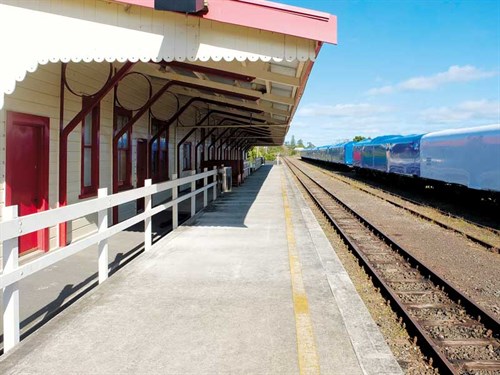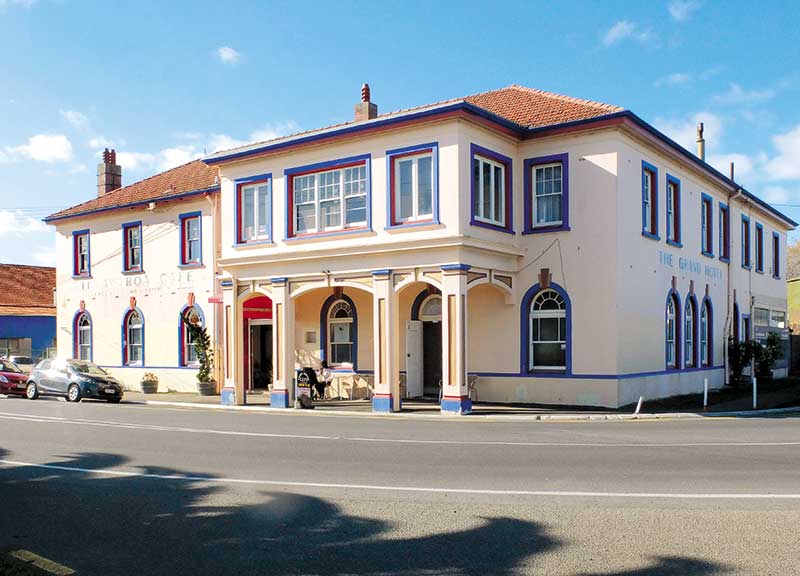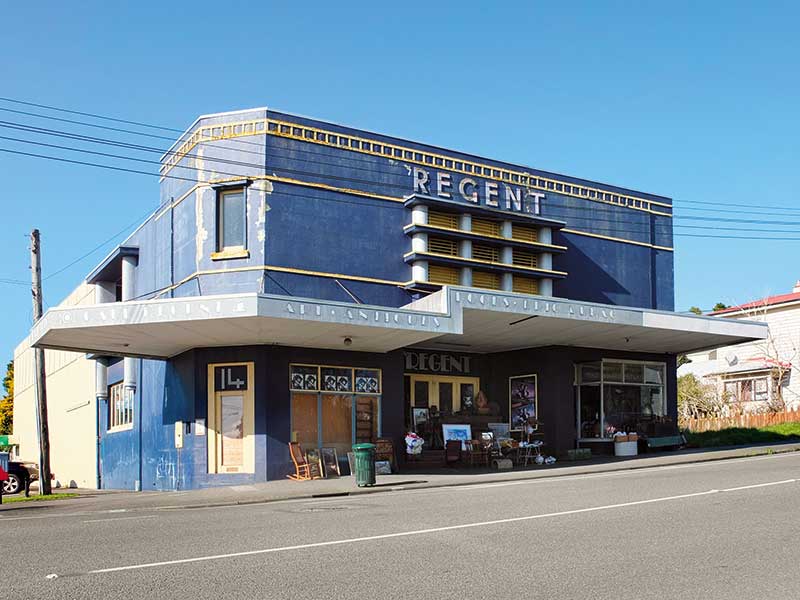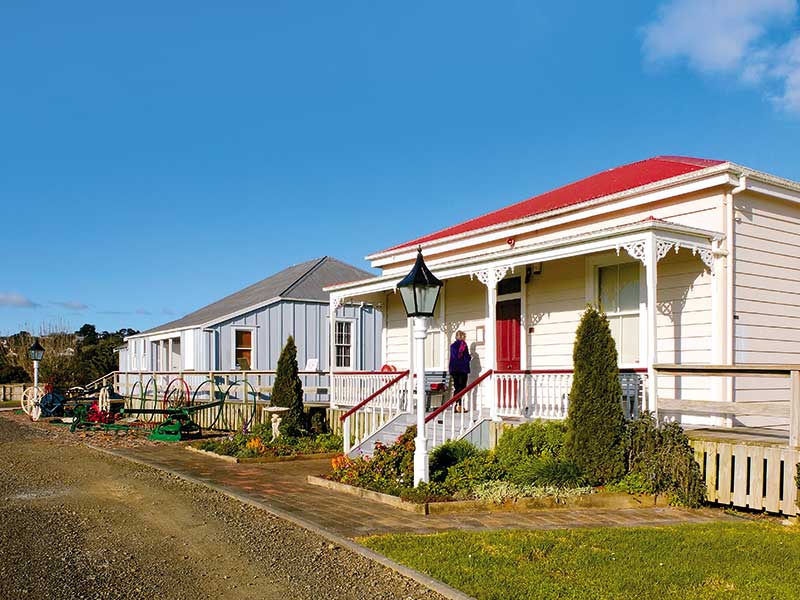Fish pie, curry and vegetable soup were on the menu at the Food for Thought Cafe – hard to resist when the weather outside was cold enough to freeze my eyelashes. In the window of the tiny restaurant jokes and cheerful message were displayed and a plaque on an inside wall advertised ‘yummy hand-made pizzas’.
This hole-in-the-wall cafe halfway down the main street of Helensville somehow encapsulated the feel of this northern town cleaved to the bank of the Kaipara River – small, familiar, slightly down-at-heel and as comfortable as a pair of worn slippers. The Food for Thought Menu changes according to what owner Janice McMurdo feels like cooking.
What you see is what you get in Helensville. None of the pretentions of Auckland, its big and boisterous neighbour, have gained a footing here. In character the town is as far removed from the country’s biggest city as chalk is from cheese, and yet it’s only 45 kilometres north-west of the big city.
There are scores of early domestic buildings – cottages, villas and bungalows – many of them built from kauri, the trees that were the reason Helensville came into being.
The first European settlers were Scottish timber millers, among them one John McLeod who built a villa that he named for his wife, Helen. Several substantial old public buildings, such as the town hall in town and the Grand Hotel opposite the railway station, are tarted up to mark the town’s more prosperous times.
At the Pioneer Museum close to the town centre, three early buildings have been relocated and restored: a cottage built in 1883 that housed the Primary School’s principal, a 1910 Edwardian home and the original courthouse (1864).
The railway was a huge factor in Helensville’s development. In a shelter outside the museum is an exact model of the D-class steam engine that on 29 October 1875 pulled into town for the first time. Before this momentous day, goods and people had to travel up the coast from Onehunga, cross the Kaipara Harbour’s notorious bar.

Some years later, when the northern line was finally pushed even further north, Helensville was the first cuppa stop on the trip to Whangarei and Dargaville. Visitors these days can have a ‘cuppa’ coffee tea or soup in the same refreshment room in the revamped station at the northern end of town. It is now a café called Ginger Crunch. I can recommend the food, which is made on the premises.
The train service is no longer. Outside the station a string of redundant carriages from Auckland’s metropolitan lines had been bound up in shrink-wrap for protection. Apparently the carriages have been bought by an African Company and are awaiting deportation.
The Railway Museum housed in a corrugated iron shed close to the railway station is fascinating even to this non-train spotter. Dominant in the display, and gladdening the small boy inside every grown man, is a meticulous, wall-to-wall working model of the celebrated train line and river wharf as it was in the 1930’s.
Our PM has been the MP for Helensville since 2002. That must say something about the place. The Rt Honourable John Key calls the settlement one of the top ten small towns in New Zealand and, although I don’t agree with everything he says, I do agree with that.
Local knowledge
Stay at the Parakai Springs Camping Ground at 150 Parkhurst Rd, just out of town. The price includes a discount for the adjacent Parakai Springs Hot Pools.
The Helensville Pioneer Museum, 98 Mill Road, Helensville. Opening hours 1pm-3.30pm Wednesday, Saturday, Sunday.
The Railway Museum, 2 Railway St, just off Highway 16 at the northern end of town. Opening hours Wednesday to Sunday 10am-3pm.
Global Village Antiques 14 Garfield Road, Helensville. Open Wednesday to Sundays 10am-5pm or by appointment (09) 420 9129.
Check out the full article in issue #132 of Motorhomes Caravans & Destinations magazine (on sale now!). Subscribe here.












